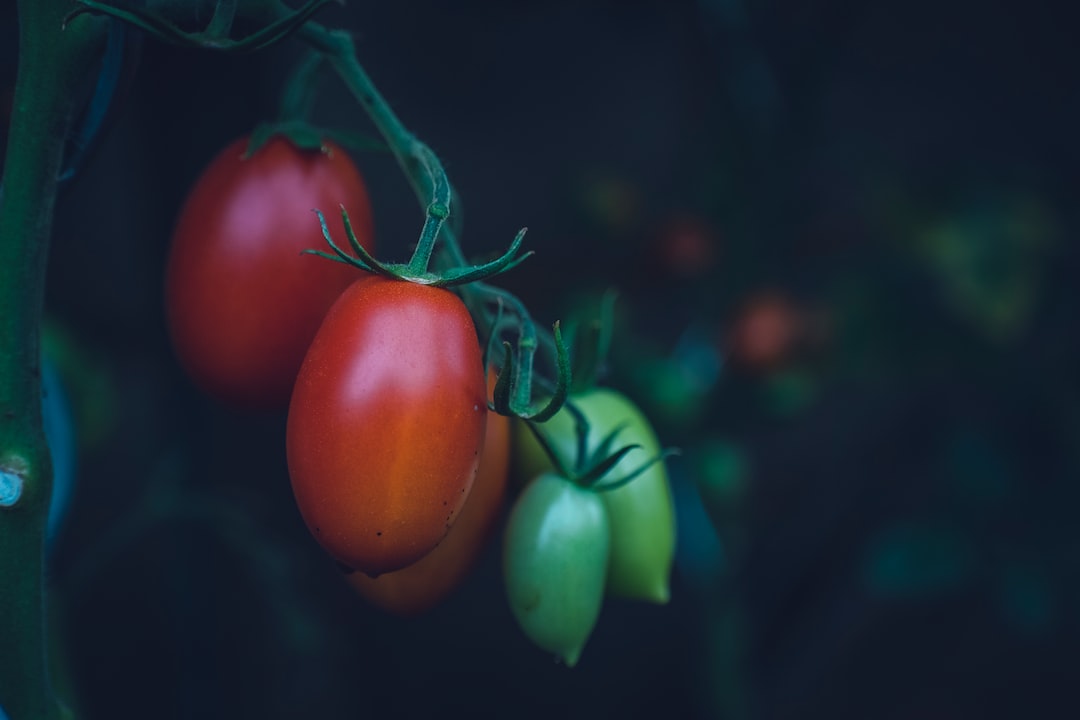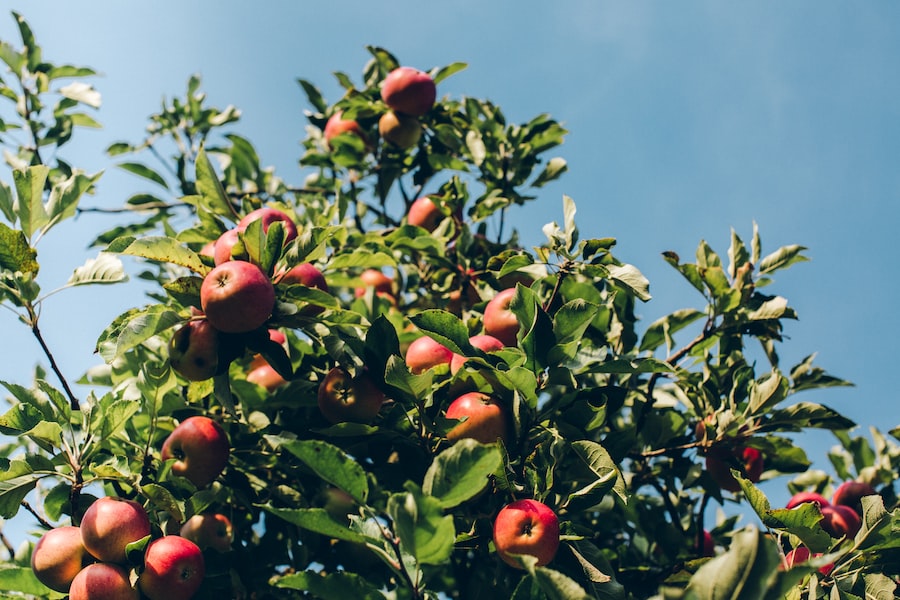Ready to Pick: A Guide on How to Tell When Cucumbers are Ripe

Picking ripe cucumbers is essential for enjoying the full benefits of this versatile and nutritious fruit. Ripe cucumbers are not only more flavorful, but they also have a better texture and are packed with more nutrients. On the other hand, picking unripe cucumbers can have negative effects on both taste and digestion.
Ripe cucumbers are sweeter and have a more pronounced flavor compared to unripe ones. They also have a crisp and crunchy texture that is highly desirable in salads, sandwiches, and other dishes. Additionally, ripe cucumbers contain higher levels of vitamins, minerals, and antioxidants, making them a healthier choice.
On the contrary, unripe cucumbers can be bitter and have a tougher texture. They may also cause digestive issues such as bloating or indigestion. Therefore, it is important to know how to identify ripe cucumbers to ensure an enjoyable culinary experience.
Key Takeaways
- Picking ripe cucumbers is important for optimal flavor and quality.
- Understanding the anatomy of cucumbers and factors affecting ripeness can help determine when to harvest.
- Visual cues such as color and texture changes, as well as size, can indicate ripeness.
- The bend test and taste test are additional methods for checking ripeness and quality.
- Proper harvesting techniques and storage can help keep cucumbers fresh and crisp.
The Anatomy of Cucumbers: Identifying the Different Parts of the Fruit
To understand how to pick ripe cucumbers, it is important to familiarize yourself with the different parts of the fruit. Cucumbers have a stem, blossom end, fruit end, seeds, and flesh.
The stem is the part that connects the cucumber to the plant. It is usually green and can be easily snapped off when the cucumber is ready for harvest. The blossom end is the opposite end of the stem and is usually slightly rounded. The fruit end is the opposite side of the blossom end and is usually more pointed.
Inside the cucumber, you will find seeds surrounded by flesh. The seeds are usually soft and pale in color when the cucumber is ripe. The flesh should be firm but not too hard or too soft.
Factors Affecting Cucumber Ripeness: Knowing When to Expect Full Maturity
Several factors can affect the ripeness of cucumbers. The variety of cucumber, weather and growing conditions, and the time since planting all play a role in determining when a cucumber is ready to be picked.
Different cucumber varieties have different maturation times. Some varieties may reach full maturity in as little as 50 days, while others may take up to 70 days or more. It is important to know the specific variety you are growing and its expected maturation time.
Weather and growing conditions also play a significant role in cucumber ripeness. Cucumbers thrive in warm temperatures and require adequate sunlight and water to grow properly. If the weather is too cold or there is not enough sunlight, cucumbers may take longer to ripen.
The time since planting is another important factor to consider. Cucumbers typically take around 7-10 days from flowering to reach full maturity. Keeping track of the planting date can help you estimate when your cucumbers will be ready for harvest.
Visual Cues: Observing the Color and Texture Changes of Cucumbers
| Sample | Color Change | Texture Change |
|---|---|---|
| 1 | Green to yellow | Firm to soft |
| 2 | Green to brown | Firm to mushy |
| 3 | Green to orange | Firm to slimy |
One of the easiest ways to determine cucumber ripeness is by observing the color and texture changes. Ripe cucumbers undergo distinct changes in both color and texture.
Cucumbers start off green and gradually change to a yellowish color as they ripen. The color change is usually more noticeable near the stem end of the cucumber. However, it is important to note that some cucumber varieties may naturally have a yellow or white color when ripe, so it is essential to know the specific variety you are growing.
In terms of texture, ripe cucumbers should have a firm but not hard texture. They should yield slightly when pressed but should not be mushy or overly soft. Overripe cucumbers may have a wrinkled appearance and a mushy texture.
Size Matters: Determining the Ideal Size for Different Cucumber Varieties
The ideal size for picking cucumbers depends on the variety and intended use. Slicing cucumbers are typically harvested when they reach a certain length, while pickling cucumbers are picked at a smaller size.
For slicing cucumbers, the ideal size is usually around 6-8 inches in length. At this size, slicing cucumbers are still tender and have a good balance of flavor and texture. If left to grow larger, slicing cucumbers may become tough and develop more seeds.
Pickling cucumbers, on the other hand, are harvested at a smaller size to ensure a crisp texture and optimal flavor. The ideal size for pickling cucumbers is usually around 2-4 inches in length. Pickling cucumbers that are too large may result in softer pickles with a less desirable texture.
The Bend Test: Checking for Flexibility and Firmness

The bend test is a simple yet effective method to determine cucumber ripeness. To perform the bend test, gently hold the cucumber with one hand and apply slight pressure with your other hand to bend it.
Ripe cucumbers should bend slightly without breaking or snapping. If the cucumber bends easily without resistance, it is likely overripe and may have a mushy texture. On the other hand, if the cucumber does not bend at all and feels rigid, it is likely unripe and may have a tough texture.
The results of the bend test can provide valuable information about the ripeness of the cucumber. A slight bend indicates that the cucumber is ripe and ready for harvest, while no bend or excessive bending suggests that it is either unripe or overripe.
The Taste Test: Sampling Cucumbers to Gauge Their Flavor and Quality
Tasting cucumbers can be an effective way to gauge their flavor and quality. To properly taste test cucumbers, slice a small piece from the cucumber and take a bite.
Ripe cucumbers should have a sweet and refreshing flavor. They should not taste bitter or have any unpleasant aftertaste. The texture should be crisp and crunchy, with a slight juiciness.
When tasting cucumbers, pay attention to the overall flavor profile, sweetness, and texture. If the cucumber tastes bitter or has a bland flavor, it may not be fully ripe. Additionally, if the texture is overly soft or mushy, it may be overripe.
Harvesting Techniques: Properly Picking Cucumbers Without Damaging the Plant
To harvest cucumbers without damaging the plant, it is important to use proper techniques and tools. Pruning shears or scissors are recommended for harvesting cucumbers.
When using pruning shears or scissors, make sure to cut the stem of the cucumber just above the fruit end. This will ensure that you do not damage the plant or leave any part of the stem attached to the cucumber.
Avoid pulling or twisting the cucumber off the plant, as this can cause damage to both the cucumber and the plant. Cutting the cucumber with pruning shears or scissors is a clean and efficient method that minimizes stress on the plant.
Storing Ripe Cucumbers: Tips on Keeping Them Fresh and Crisp
Proper storage is essential for keeping ripe cucumbers fresh and crisp. There are two main methods for storing cucumbers: in the refrigerator and outside of the refrigerator.
To store cucumbers in the refrigerator, place them in a plastic bag or wrap them in a damp paper towel to help retain moisture. This will prevent them from drying out and becoming limp. Stored properly, cucumbers can last up to a week in the refrigerator.
If you prefer to store cucumbers outside of the refrigerator, keep them in a cool and dry place away from direct sunlight. Cucumbers stored at room temperature should be consumed within a few days to ensure optimal freshness and flavor.
Enjoying the Fruits of Your Labor by Picking Ripe Cucumbers
Picking ripe cucumbers is not only important for taste and texture but also for maximizing the nutritional benefits of this versatile fruit. By understanding the visual cues, performing tests, and using proper harvesting techniques, you can ensure that you are picking cucumbers at their peak ripeness.
The satisfaction of picking ripe cucumbers from your own garden is unparalleled. The flavor, texture, and nutritional value of ripe cucumbers make them a delicious and healthy addition to any meal. So, take the time to observe, taste, and harvest your cucumbers at the right time, and enjoy the fruits of your labor.



